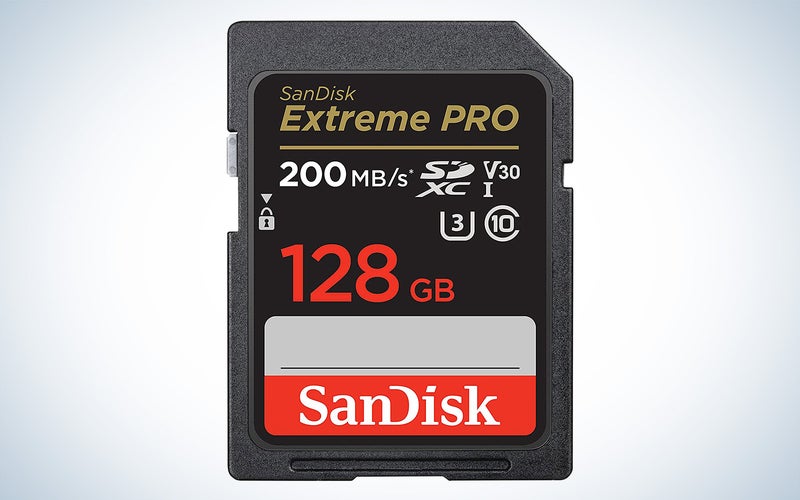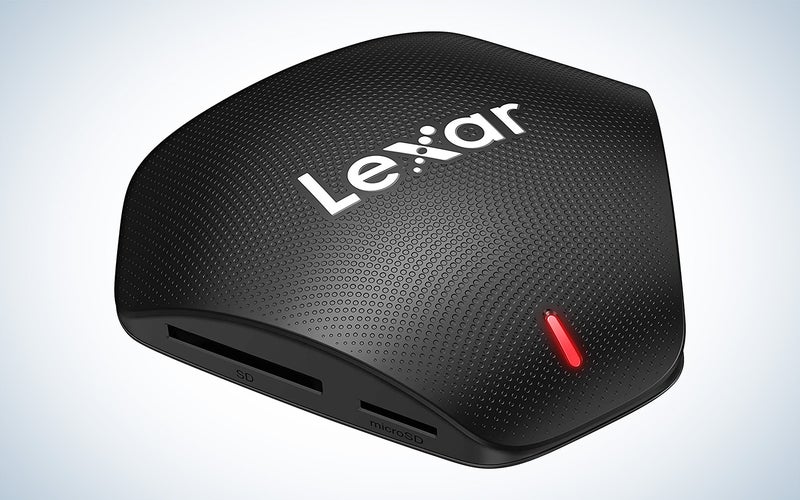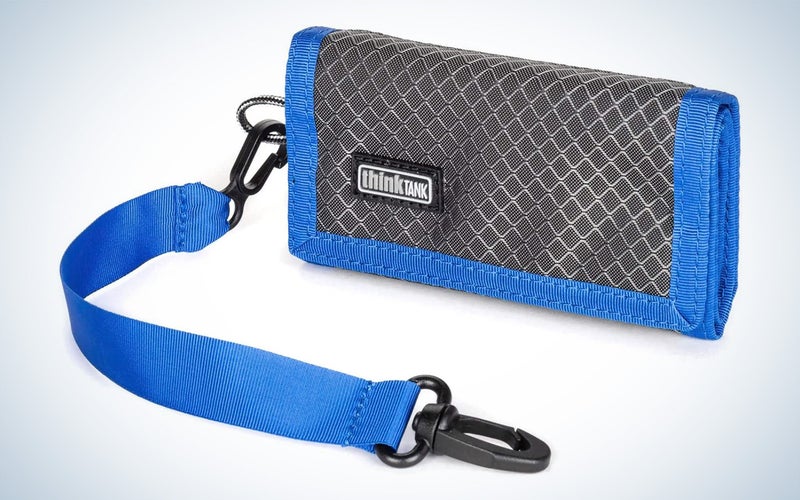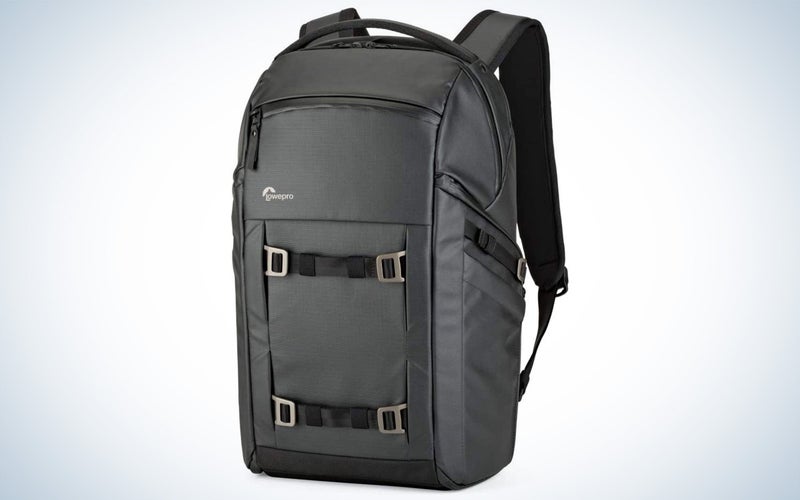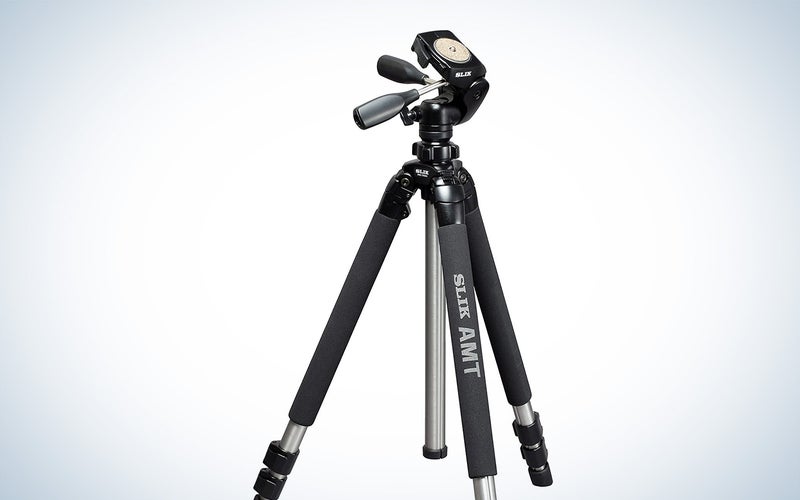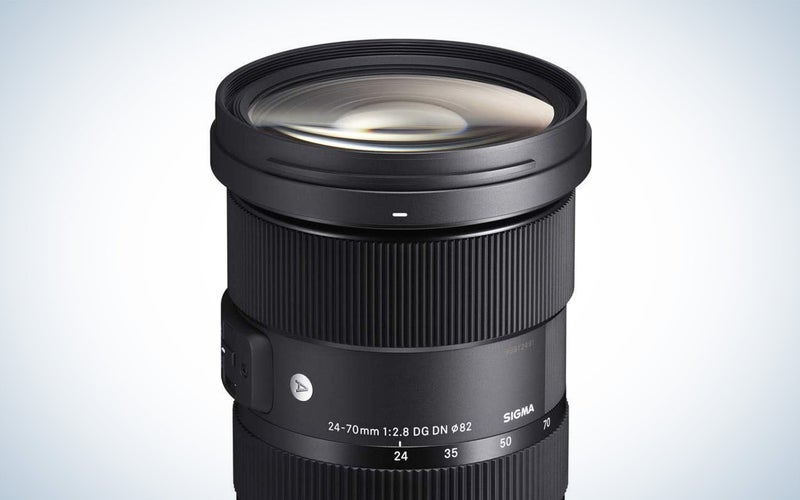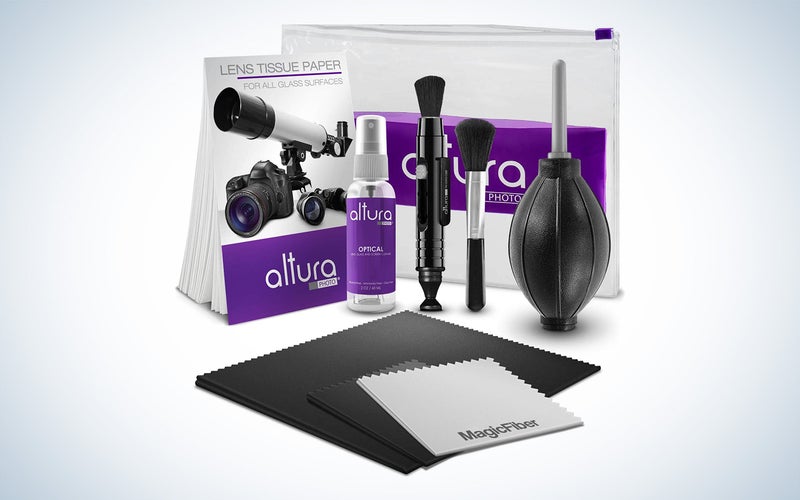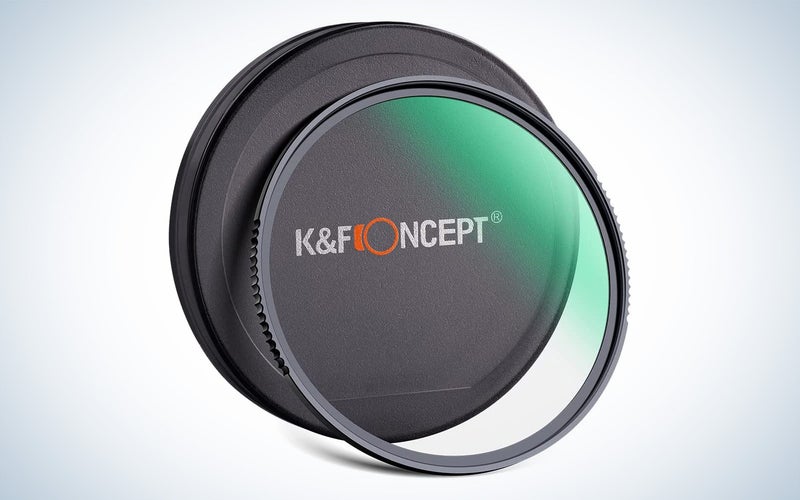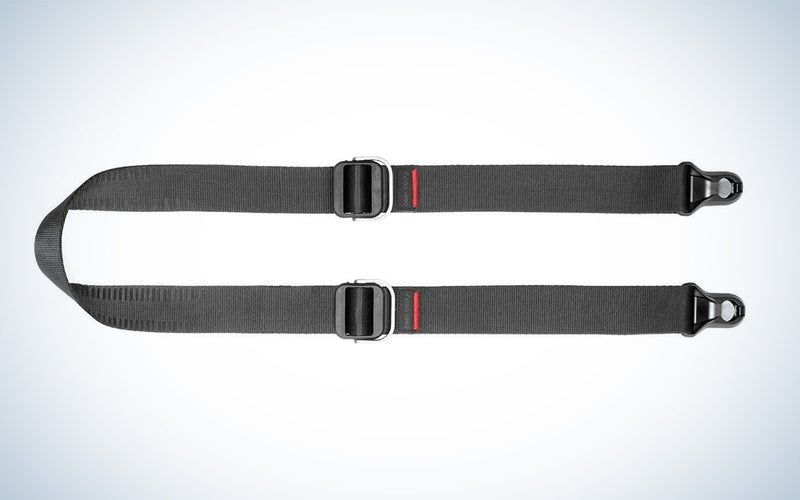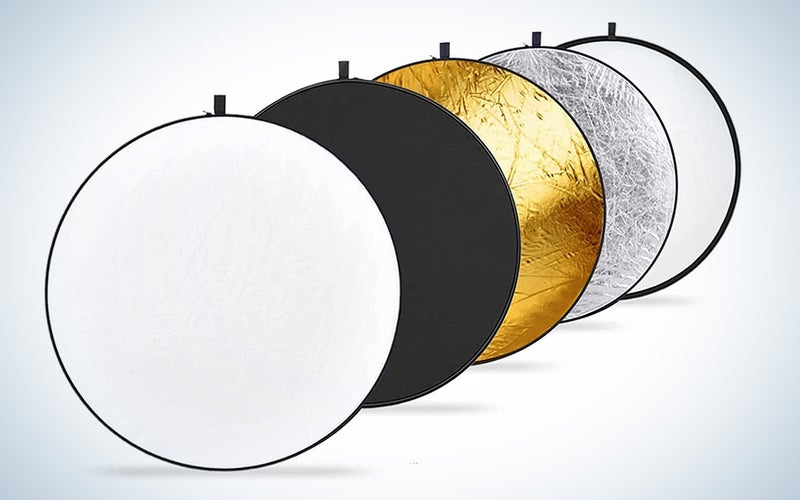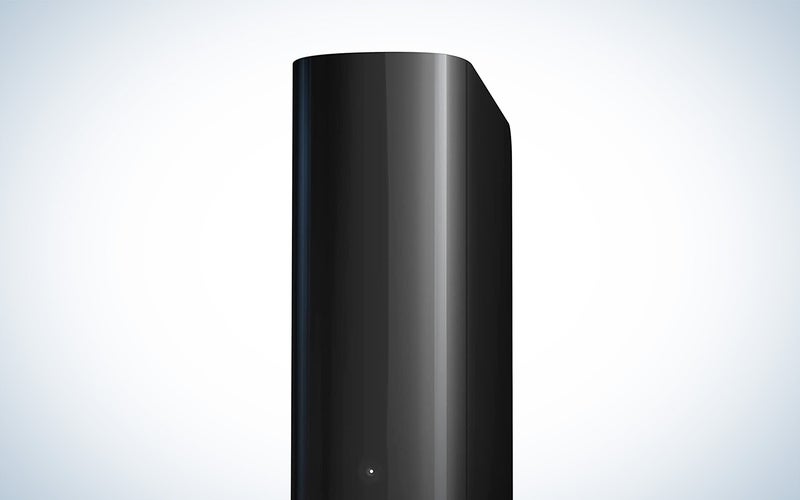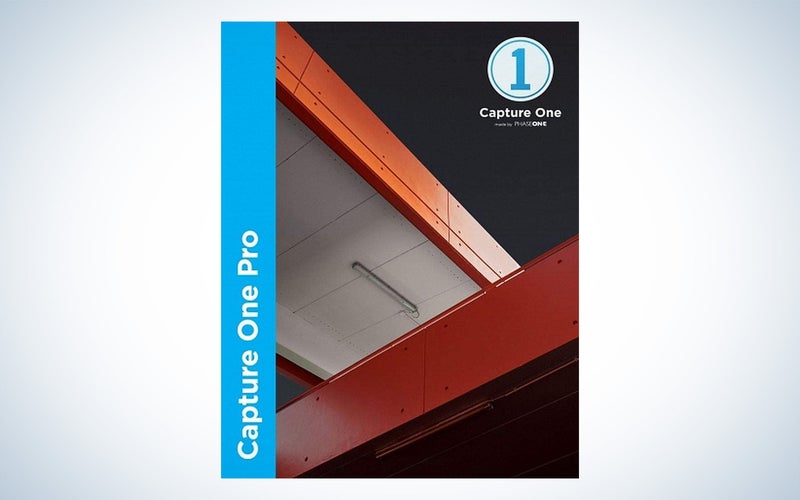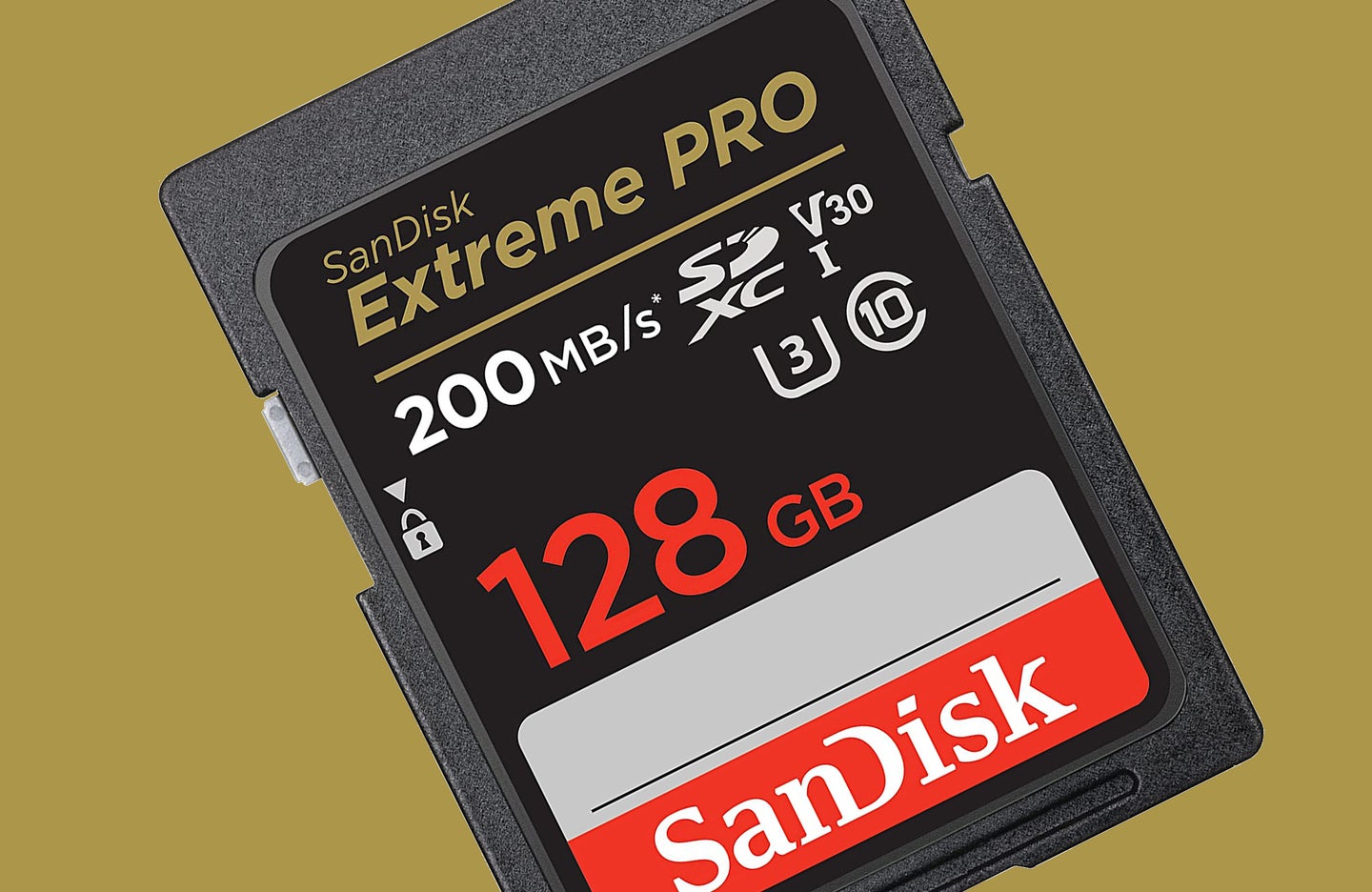
If you got treated to a new camera, perhaps your first camera, during this holiday season, it can be daunting to figure out where to start. Unfortunately, the medium can be a pretty gear-heavy one. You can get away with a really minimal kit for a long time, but there are some essentials that you’ll need right off the bat. These items will help you get started, protect your gear, and keep you producing better images.
Memory cards
SanDisk
In order to use your new camera, you’ll also need a memory card (or three). Memory cards come in different types, including microSD, SD, CF, and CFexpress. Your camera will only be compatible with certain types of cards and speeds, so you’ll want to verify what will work in your camera before purchasing anything.
The most common memory card for cameras is the SD format. SD cards are available as SD (Secure Digital), SDHC (high capacity), or SDXC (expanded capacity). All three will work for photography, but SD has a maximum capacity of 2GB, which isn’t very much for the file sizes that most cameras put out these days. So, we’d recommend SDHC or SDXC instead.
Memory card reader
Lexar
Unfortunately, most computers don’t have built-in card readers like they used to. So, in order to most efficiently get your images from your camera to your computer, you’ll need a card reader. Most card readers contain slots for multiple card types, so if you have multiple cameras that use different memory cards, you’ll be able to use just one card reader.
Memory card organizer
A memory card organizer isn’t something you necessarily need right off the bat, but it is a surprisingly valuable tool when you start building up your memory card stash. I can’t tell you how many times I grabbed a card only to realize it was still full of photos before getting more organized. Plus, memory cards are tiny things and are prone to get lost. With a memory card wallet, you not only keep them together in one place, but you can notate which are empty and ready for use and which still need to be backed up.
Camera bag
Lowepro
Your camera is an investment, so you’ll want to keep it safe. A camera bag is a must for keeping your gear protected, and it’s more comfortable to carry around in most situations. Plus, a good camera back can also carry things like water, snacks, your computer, and whatever else you may need on an outing. Of course, the type and size of bag you should get depend on how and where you intend to use it, but these are some of our favorites.
Tripod
Slik
A tripod is often a second thought for many people, but there have been countless times I wished I had a tripod on hand when I didn’t. While your instinct is likely to go with a cheap tripod, you’re better off spending a little more on something that will last you for a long time. Plus, a more expensive tripod is generally sturdier, giving you sharper images.
A quality lens
Sigma
The lens on your camera will have as much, if not more, impact on image quality than your camera. As a result, investing in quality glass will do a lot to improve your images. Lenses come in two types, prime (one single, fixed focal length) or zoom (a range of focal lengths). There are also three different focal length ranges, which impact, in part, how much you see in a scene: wide angle (35mm and lower), normal (around 50mm), and telephoto (75mm and up). Of course, what you want to shoot will dictate the best lens, but we think everyone should have a high-quality 5mm lens in their arsenal.
Lens cleaning kit
Amazon
As much as we try to keep our lenses clean, it’s inevitable that they will get debris of some sort on them. Whether it’s raindrops, dust, or a rogue fingerprint, messes on your lens can ruin a shot. And while you may be tempted to use the corner of your shirt or a tissue, lenses feature special coatings that can be delicate. So, instead, it’s best to use gear designed explicitly for optics. Your first and safest line of defense is a blower. But, for more stubborn debris, a soft brush may be necessary. And, if you have a fingerprint or other smudge on the glass, lens cleaning solution and a microfiber cloth or pre-moistened lens wipes may be necessary.
Protective filter
Amazon
Lenses are pricey pieces of gear. At times, they cost more than the camera itself. So, a scratch or other damage to a lens is a terrifying prospect. To avoid that, UV filters are a fantastic option. They are affordable but keep your front element safe from scratches and debris. And they don’t have much, if any, impact on image quality, especially if you go with a quality filter. They are also easier to clean than the glass on your lens and, of course, much, much cheaper to replace if needed.
Camera strap
Peak Design
Most cameras come with a camera strap, but the included option usually isn’t that comfortable. And they don’t provide any style points if that’s what you’re going for. There are a few different styles of camera straps that are best for different situations. No matter what, finding a camera strap that will help you comfortably carry your camera can make the difference between you having your camera out and taking photos versus not.
Reflectors
Neewar
Reflectors are possibly the most underrated tool, especially for beginner photographers. They are incredibly simple (and affordable) pieces of equipment that can have a dramatic effect on images. Reflectors, as the name suggests, reflect light from a light source to your subject. They are perfect for portraits but also still life or product photography.
Many reflectors include five colors, including black, which does the opposite and pulls light away from your subject to make shadows more dramatic. It also may consist of a translucent option for softening a light source and gold and silver for adjusting the color of light. And they usually pack down to small sizes, so they are easy to transport.
Hard drive
WD
All the photos that you are about to take will eat up a lot of space on your computer. Over time, that can really bog it down, slowing performance. Not to mention the possibility of simply running out of room. And, if you want to keep your photos safe, you should also have them backed up in more than one place.
That’s where hard drives come in. Desktop versions offer larger storage capacities but a large footprint and require power. Or you can find portable drives that are small enough to fit in a pocket and are ideal for backing up and accessing files on the go.
Editing software
Phase One
If you want to adjust your images after you take them, you’ll need to invest in some editing software. Free editing programs are available, but they are usually pretty limited in what they can do and what types of files they support. Of course, it depends on how in-depth you want to get with your edits, but we recommend Adobe Photoshop or Lightroom for most photographers. Both programs offer just about every tool you could ever need (and more), and Adobe offers plenty of beginner-friendly tutorials for getting started.
The post Essential accessories every photographer should have appeared first on Popular Photography.
Articles may contain affiliate links which enable us to share in the revenue of any purchases made.
